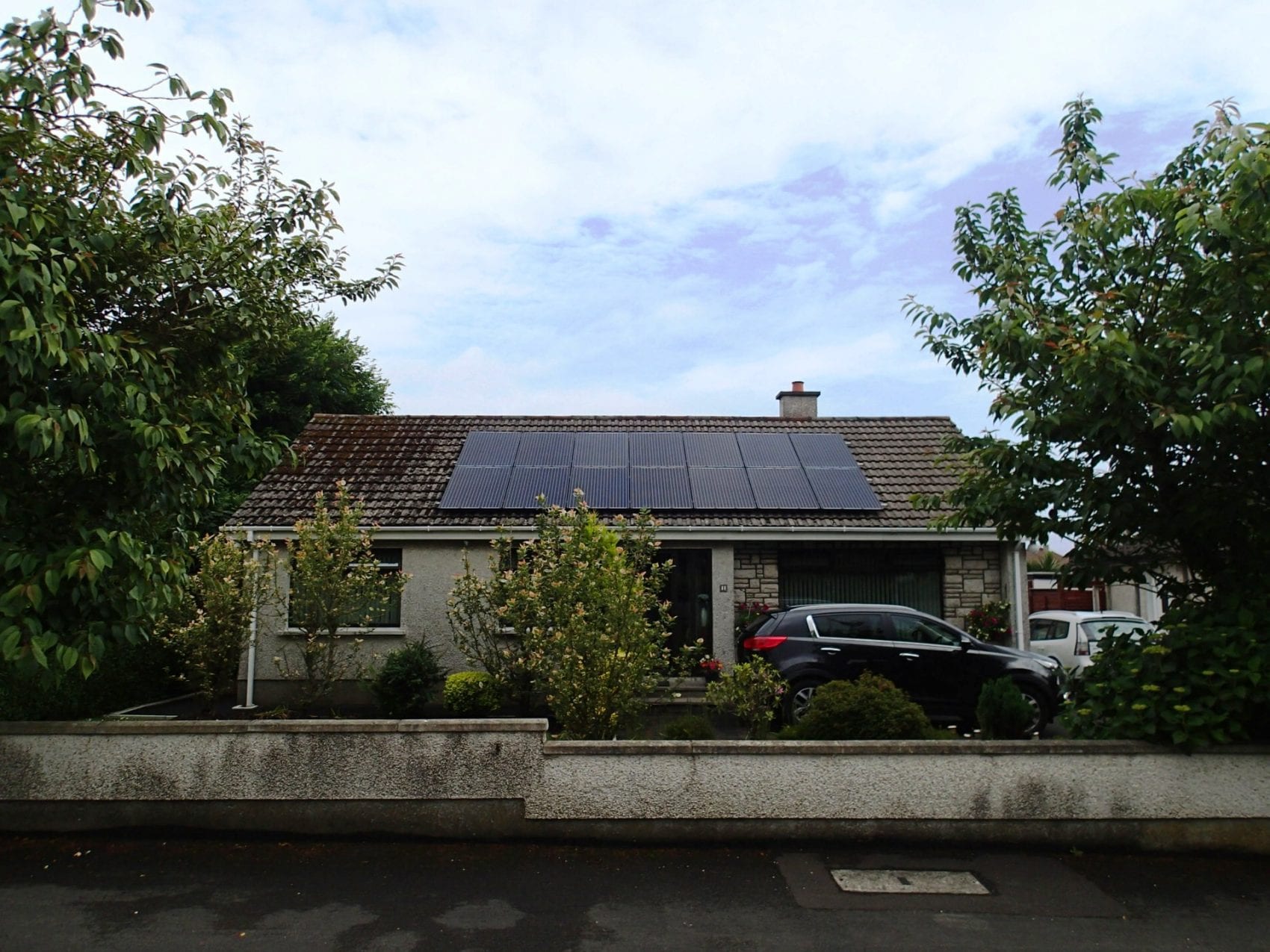
Solar has boomed in the UK since the introduction of the FiT (Feed In Tariff) for small-scale renewables in April 2010. There are now over 1.5m solar homes across the UK, and you’ll see roof-applied solar in almost every village, town and city across the country.
The UK FiT pays solar home owners a tax free, index-linked rate per unit (kWh) of solar electricity produced. When introduced in 2010, the fixed term of these payments was 25 years. The tariff rate was cut by 50% in December 2012, and the fixed term was reduced to 20 years. The cuts were justified by falling costs and increasing competition in the market (which further drives down prices to end-users). Rates have been cut further since 2012 and the scheme will now close in April 2019.
Our advice is to act NOW if you plan to take advantage of the FiT. Installed systems must be installed, commissioned and registered with Ofgem by 31st March 2019.
Closure of the FiT scheme does NOT mark the end of solar in the UK, albeit cuts (and ultimately closure) have driven a cycle of installation peaks and troughs. Payments under the scheme are now so low (3.79p/kWh to end March Vs 44p/kWh when the scheme was launched) that FiT income has less impact on the case for going solar. As grid-supplied electricity prices continue to rise, the savings available by producing and using your own solar electricity at home are typically £300-£400 and can be as high as £600 depending on how much electricity you produce/use and the rate you pay for grid-supplied electricity. Inevitably, the rate of installations will dip following FiT scheme closure as homeowners install to beat the deadline, but the market has consistently recovered and the end of FiT enables the market to break the boom-bust cycle, and enter the post-subsidy phase of UK solar.
Interestingly, Northern Ireland never implemented the UK FiT, and relied on the Renewables Obligation scheme to drive solar uptake. This programme was never as generous as the FiT, more complex to administer and closed on March 31st 2017, so this market has already adjusted to zero subsidies. Whilst installation levels have not fully recovered to pre-closure levels, the market is stable and growing with end-users now focused on how much energy/cost they can save rather than how much they can earn.
So the outlook for UK solar is generally positive. As grid-supplied electricity prices continue to rise above inflation, the case for going solar gets stronger and stronger. In real-terms, installing today fixes the price of a unit of solar electricity at 6-8p/kWh (approximately half the retail price for grid-supplied electricity), before FiT incentives are factored. The challenge for solar installers is learning how to communicate savings Vs income. The latter is shortly to be removed, whilst the case for solar savings is compelling.
There is a bigger picture… as the UK transitions to an electric heat, power and transport system powered by renewables, going solar at home just makes sense.
Homes are increasingly installing electric car chargers, and using efficient, zero maintenance infrared for heating. Producing and using your own clean solar electricity to charge your car and heat your home is a growing trend, and enables homeowners to take back control from traditional utilities. Whilst subsidies have driven growth in solar (and other renewables) to date, continued growth is driven by sound economics. Traditional utilities simply can’t compete with affordable solar, and whilst the FiT was instrumental in achieving this, the closure of the scheme will not impede solar growth much beyond the short-term.
